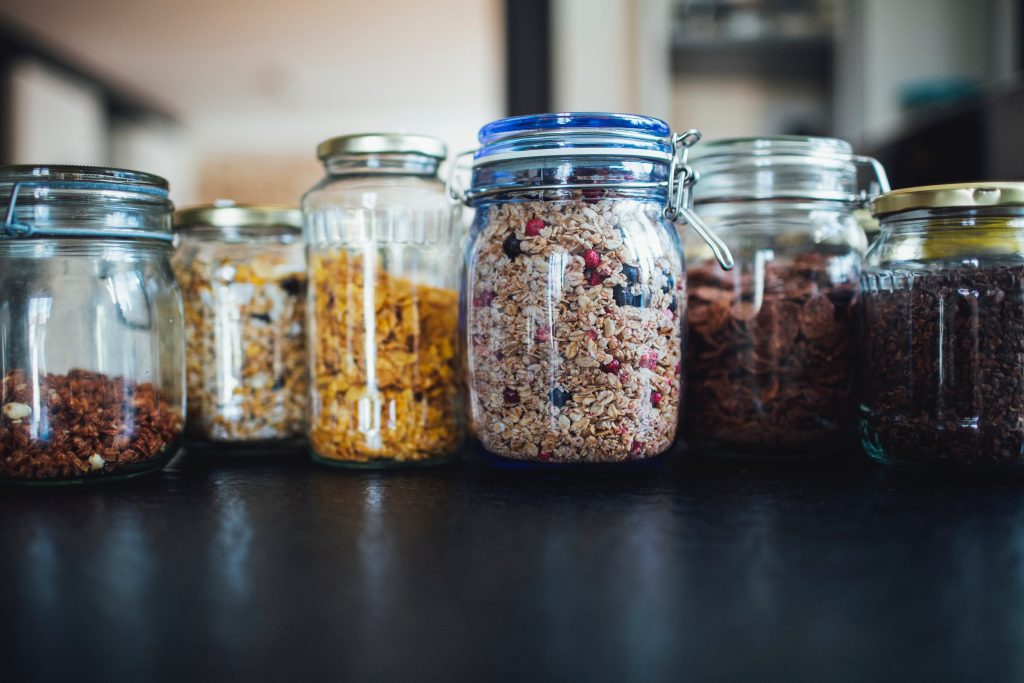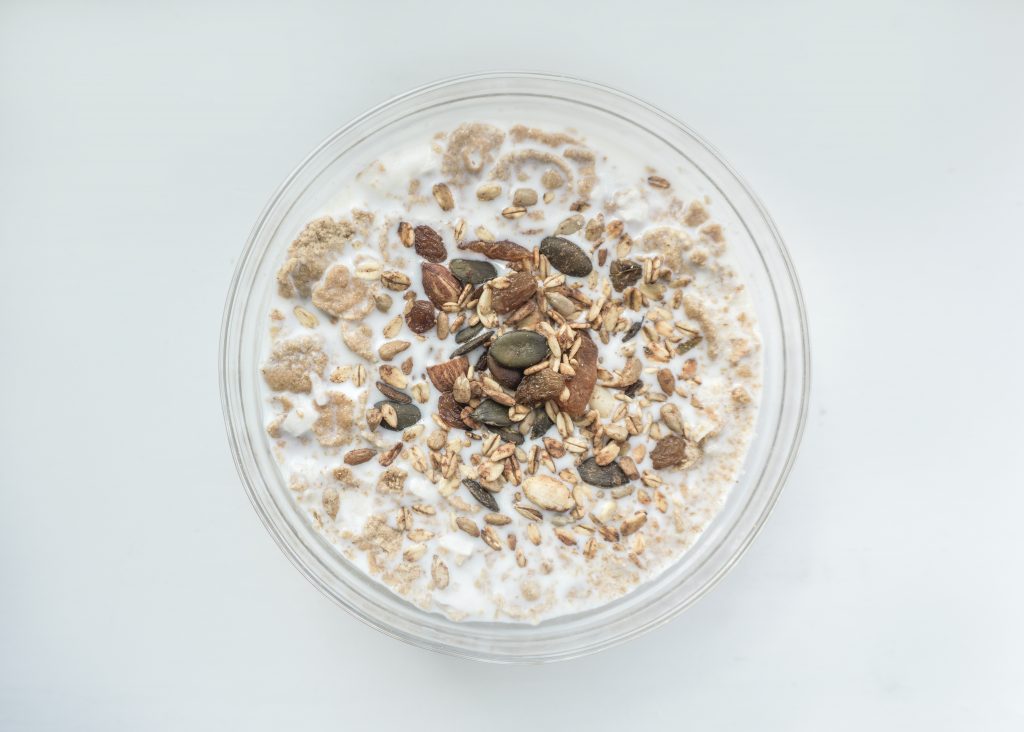In the quest for a wholesome and nourishing diet, the spotlight shines brightly on whole grains. These nutrient-rich gems are powerhouses of essential vitamins, minerals, and fiber, making them a vital component of a balanced lifestyle. In this comprehensive guide, we embark on a culinary journey through the world of whole grains, focusing on four exceptional choices: quinoa, brown rice, farro, and barley.
Benefits of Incorporating Whole Grains
The decision to embrace whole grains comes with a myriad of health benefits. Unlike their refined counterparts, whole grains retain the outer bran and germ layers, housing a wealth of fiber, vitamins, and minerals. This nutritional package contributes to improved digestion, enhanced heart health, and stabilized blood sugar levels. Additionally, the antioxidants present in whole grains play a role in reducing inflammation and supporting overall well-being.
Exploring Quinoa: A Complete Protein Source
In the realm of whole grains, quinoa stands out as a true marvel. Beyond its nutty flavor and delicate texture, quinoa boasts a unique distinction as a complete protein source. This means it contains all nine essential amino acids required by the human body. Whether enjoyed as a base for salads, a side dish, or a hearty breakfast, quinoa showcases its versatility and exceptional nutritional value.
Brown Rice: Nutty Flavor and Nutrient Density
Brown rice emerges as a nutritional champion among grains, with its nutty taste and impressive nutrient density. Unlike refined white rice, brown rice retains its bran and germ layers, making it a source of dietary fiber and essential nutrients. Its complex carbohydrates provide sustained energy, while its antioxidants contribute to cell protection and overall vitality. Choosing brown rice over its refined counterpart is a choice that speaks volumes for your health.
Farro: Ancient Grain with Modern Appeal
Venturing back in time, we encounter farro, an ancient grain that has seamlessly transitioned into modern cuisine. With its chewy texture and hearty flavor, farro has earned its place as a beloved ingredient in salads, soups, and more. Packed with fiber, protein, and essential nutrients, farro fuels the body and satisfies the palate. Its versatility in both warm and cold dishes makes it a delightful addition to any meal.
Barley: Nutrient-Rich and Heart-Healthy
In the realm of heart-healthy grains, barley takes center stage. This grain excels in its soluble fiber content, known for its cholesterol-lowering effects and benefits to cardiovascular health. Barley’s rich nutrient profile extends to vitamins, minerals, and antioxidants that support the body’s functions. Whether enjoyed as a warm breakfast porridge or a hearty addition to soups, barley serves as a testament to the nourishing potential of whole grains.
Cooking Techniques for Whole Grains
The art of cooking whole grains requires precision and attention to detail to achieve the desired texture and flavor. Quinoa, with its delicate nature, benefits from a gentle simmer and fluffing. Brown rice thrives in a 2:1 water-to-rice ratio, requiring a slightly longer cooking time. Farro’s chewiness is attained through simmering until tender, while barley transforms into a comforting delight through a similar cooking method.
Flavor Enhancements and Pairings
Elevating the taste of whole grains involves a symphony of flavors and aromas. Infuse cooked grains with the warmth of herbs like thyme or the robustness of cumin. Sprinklings of toasted nuts and seeds add delightful crunch, while a drizzle of olive oil or a squeeze of citrus lends a burst of freshness. Pairing cooked grains with vegetables, lean proteins, and complementary sauces creates a harmonious balance on the plate.
Incorporating Whole Grains into Your Meals
The versatility of whole grains makes them a canvas for culinary creativity. Start your day with a hearty quinoa breakfast bowl, complete with fruits and nuts. For lunch, a Mediterranean-inspired farro salad showcases a medley of colors and flavors. As the sun sets, a cozy barley risotto accompanied by seasonal vegetables becomes a comforting dinner option. The possibilities are as endless as your imagination.
Balancing Whole Grains with Other Foods
Creating a harmonious plate involves marrying whole grains with a variety of nutrient-rich ingredients. Incorporating lean proteins, such as grilled chicken or tofu, elevates the meal’s protein content and satisfies hunger. Vibrant vegetables bring color, texture, and additional vitamins to the table. Healthy fats, whether from avocado slices or a drizzle of tahini, complete the picture of a balanced and satisfying meal.
Whole Grains and Weight Management
For those seeking a healthy approach to weight management, whole grains are allies in the journey. The fiber content of whole grains promotes satiety, helping you feel full and content after meals. This can prevent overeating and support portion control. The slow release of energy from complex carbohydrates also aids in maintaining stable blood sugar levels, reducing cravings and providing sustained vitality.
Gluten Sensitivity and Whole Grains
Addressing concerns about gluten sensitivity, it’s important to note that quinoa, brown rice, farro, and barley are naturally gluten-free. These grains offer a safe haven for individuals who need to avoid gluten while still enjoying a diverse and nutrient-packed diet. Their versatility opens the door to a world of delicious possibilities for those with specific dietary needs.
Nutritional Value and Digestibility
Comparing the nutritional profiles of quinoa, brown rice, farro, and barley reveals a tapestry of vitamins, minerals, and fiber. While each grain brings its unique set of benefits to the table, they all contribute to overall well-being. When it comes to digestibility, soaking grains before cooking and choosing whole grain varieties that suit your digestion can enhance the experience of enjoying these wholesome delights.
Cooking Whole Grains in Bulk
To streamline meal preparation and embrace the convenience of whole grains, consider cooking them in bulk. Preparing a larger batch of quinoa, brown rice, farro, or barley can provide a foundation for multiple meals throughout the week. Store cooked grains in the refrigerator or freezer and simply reheat or incorporate them into dishes as needed. This time-saving approach ensures that nourishing meals are always within reach.
Conclusion
Whole grains, in all their splendor, deserve a place of honor on your plate and in your diet. The nutritional benefits they bring—fiber, vitamins, minerals, and more—are a testament to their role in supporting your health journey. Whether you’re savoring a spoonful of quinoa, sipping a comforting barley soup, or relishing the nutty goodness of brown rice, whole grains stand as a testament to the beauty of nourishing your body with every bite.
FAQs:
- Are whole grains suitable for those following gluten-free diets?
Yes, quinoa, brown rice, farro, and barley are naturally gluten-free options, making them safe for individuals with gluten sensitivity or celiac disease. - Can I cook different whole grains together in the same dish?
Absolutely! Combining different cooked whole grains can create delightful textures and flavors in dishes like grain salads or pilafs. - Can I freeze cooked whole grains for later use?
Yes, you can freeze cooked whole grains in airtight containers or freezer bags for convenient meal prep. Thaw and reheat when needed. - How can I enhance the flavor of cooked whole grains?
Experiment with herbs, spices, and condiments to add depth and complexity to your whole grain dishes. Lemon zest, chopped herbs, or a drizzle of olive oil can work wonders. - Are these whole grains suitable for plant-based diets?
Absolutely! Quinoa, brown rice, farro, and barley are versatile options for plant-based diets, offering essential nutrients and satisfying texture to a variety of dishes.


